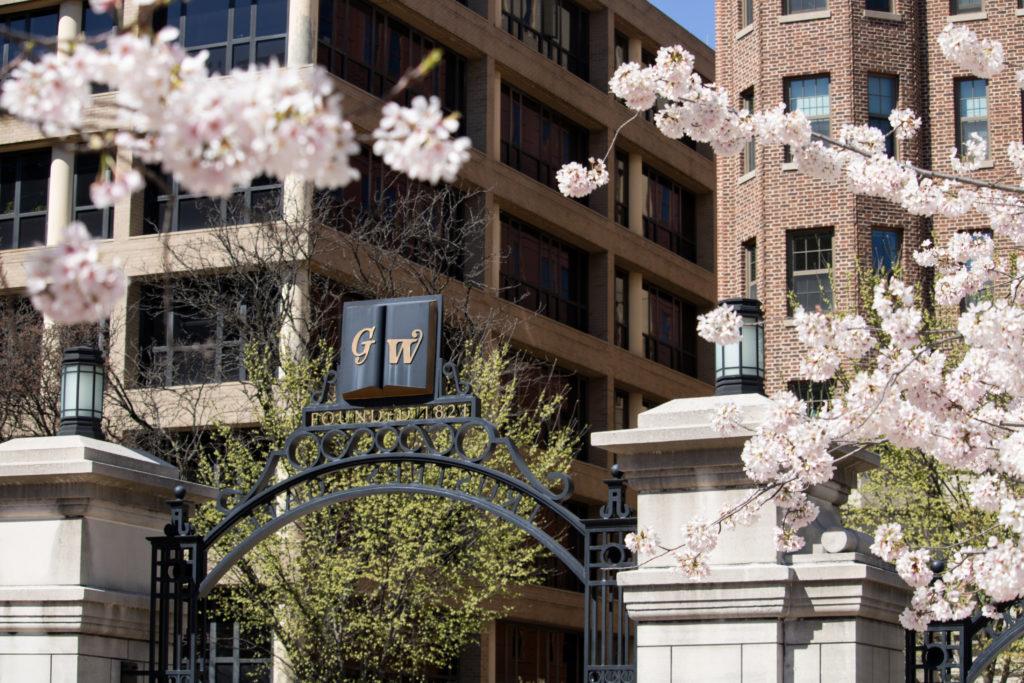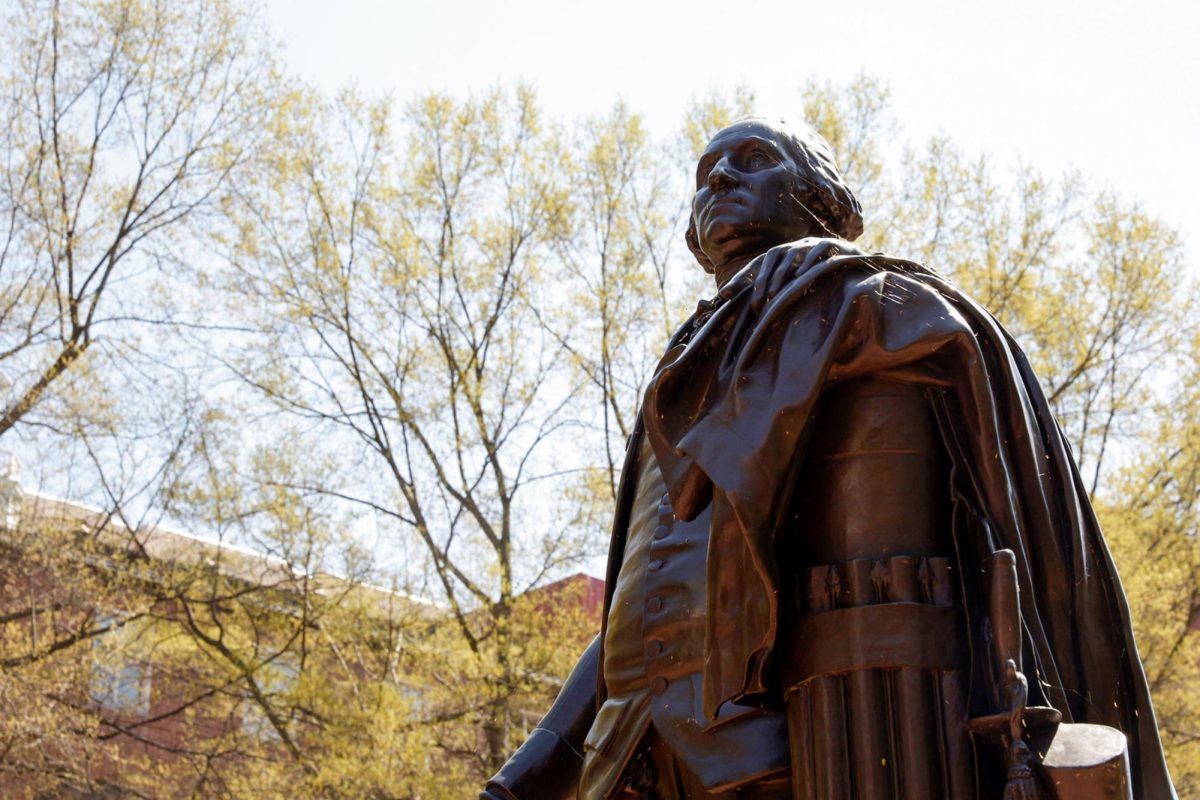Web Exclusive
A new attraction on the National Mall allows visitors to check out the stars and planets – and not just at night.
The National Air and Space Museum opened its new public observatory last month, and the new structure features a Boller & Chivens telescope with a 16 inch diameter, as well as other portable telescopes to view the Sun safely though special filters.
“People are sort of intrigued we can look at the Sun,” said Shelley Witte, an astronomy educator at the National Air and Space Museum.
Witte has worked at the museum since May with Katie Moore, the project’s coordinator, to set up and run the observatory.
As part of the International Year of Astronomy, and to mark the 400th anniversary of Galileo’s first recorded astronomical observations with the telescope, the museum installed a 22-foot dome on its East Terrace for the Public Observatory Project.
The observatory has accepted more than 2,400 visitors since Sept. 22, though a grand opening was held Sept. 30, Witte said. Public hours are only 10 a.m. to 2 p.m. Tuesdays through Sundays.
Witte said depending on the day and the amount of cloud cover, the observatory has between 130 and 200 visitors.
“I love interacting with the public,” Witte said of her work.
Krystal Brun, a junior at GW, works in the observatory as part of the Explainers program at the museum.
Explainers are students who assist visitors in the museum’s How Things Fly gallery and other exhibits.
“I thought it would be a cool place to work,” Brun said. She has been working at the museum since her freshman year.
“[The observatory] was really new for us. We started training over the summer,” she said. Brun noted that a lot of GW students participate in the Explainers program.
Another Explainer in the observatory, Jamila Arnolia, is a sophomore at the University of Maryland.
When rainy or cloudy weather prevents use of the telescopes, Arnolia and other Explainers demonstrate the phases of Venus in the observatory for visitors and teach them about the telescopes.
Witte explained that the observatory is open primarily during the day because that is when most people can visit the National Mall, but said there will be some opportunities for public observing of the sky at night later this fall.
The International Year of Astronomy has eight major goals, including to “promote widespread access to new knowledge and observing experiences.”
The idea for putting a telescope on the Mall came from David DeVorkin, the senior curator of history of astronomy and the space sciences for the museum, to contribute to the goals of the IYA.
“Since the National Air and Space Museum gets 6-7 million visitors a year, it’s a perfect place to put a telescope,” Witte said via e-mail.
As for the main telescope inside the observatory, its size allows for seeing objects within the planet’s own solar system, like the Moon, Sun, and the five “naked eye planets,”-Mercury, Venus, Mars, Jupiter, and Saturn.
The Boller & Chivens telescope, on loan from Harvard University, was made in the late 1960s and then cost about $35,000, Witte said. A grant from the National Science Foundation enabled the museum to do the Public Observatory Project.
The observatory is set to be open through 2010, but Witte said it could become a permanent fixture on the National Mall if the Harvard College Observatory allows the museum to keep using the telescope and permission is granted for the observatory to stay in its location.







